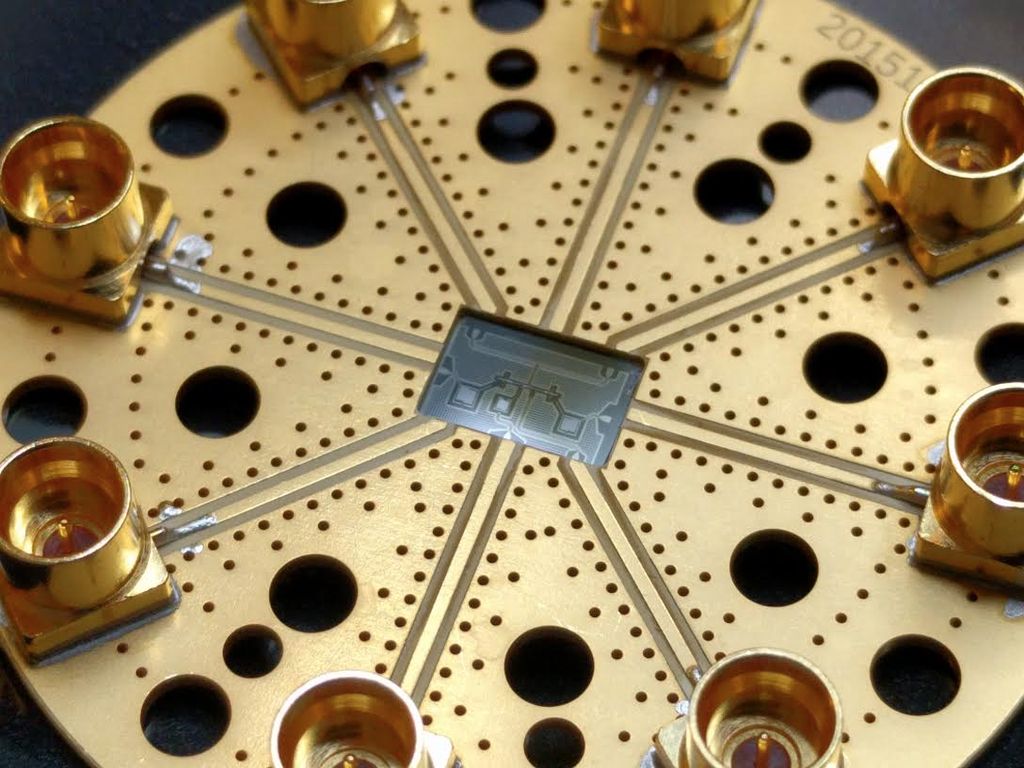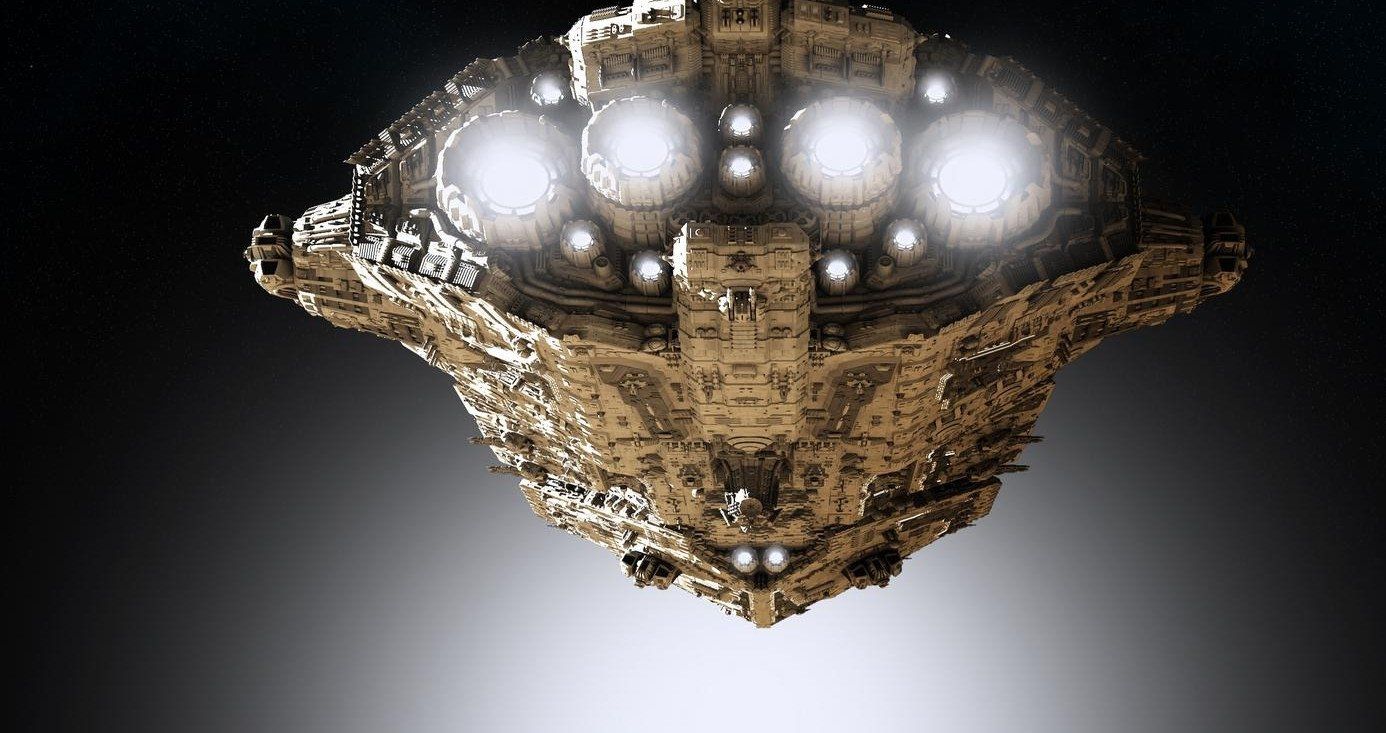Archive for the ‘chemistry’ category: Page 347
Mar 1, 2016
Scientists aim to harness power of body’s electrical impulses to treat patients
Posted by Karen Hurst in categories: biotech/medical, chemistry
I am so glad to see this finally. Researchers aim to turn our electrical impulses into a mainstay of medical treatment through bioelectronics, or electroceuticals. I have study the neurological sensory patterns for over a decade as side research to help myself understand sensory patterns of the brain as well as how the brain repairs cells, injuries, and other conditions as well as it’s involvement with cancer, etc. I do love this.
We finally may see a day when chemical/ artificial meds are no longer needed to treat many conditions.
Until now the pharmaceutical industry has been based on chemistry and biology. Patients are treated with drugs that work through biochemical interactions with the body’s molecular pathways. Now GlaxoSmithKline, the UK pharmaceutical company, is.
Continue reading “Scientists aim to harness power of body’s electrical impulses to treat patients” »
Feb 27, 2016
A practical solution to mass-producing low-cost nanoparticles
Posted by Karen Hurst in categories: 3D printing, biotech/medical, chemistry, health, robotics/AI

Nanoparticles form in a 3-D-printed microfluidic channel. Each droplet shown here is about 250 micrometers in diameter, and contains billions of platinum nanoparticles. (credit: Richard Brutchey and Noah Malmstadt/USC)
USC researchers have created an automated method of manufacturing nanoparticles that may transform the process from an expensive, painstaking, batch-by-batch process by a technician in a chemistry lab, mixing up a batch of chemicals by hand in traditional lab flasks and beakers.
Continue reading “A practical solution to mass-producing low-cost nanoparticles” »
Feb 26, 2016
Microrobots learn from ciliates
Posted by Klaus Baldauf in categories: biotech/medical, chemistry, materials, robotics/AI
Ciliates can do amazing things: Being so tiny, the water in which they live is like thick honey to these microorganisms. In spite of this, however, they are able to self-propel through water by the synchronized movement of thousands of extremely thin filaments on their outer skin, called cilia. Researchers from the Max Planck Institute for Intelligent Systems in Stuttgart are now moving robots that are barely perceptible to the human eye in a similar manner through liquids. For these microswimmers, the scientists are neither employing complex driving elements nor external forces such as magnetic fields. The team of scientists headed by Peer Fischer have built a ciliate-inspired model using a material that combines the properties of liquid crystals and elastic rubbers, rendering the body capable of self-propelling upon exposure to green light. Mini submarines navigating the human body and detecting and curing diseases may still be the stuff of science fiction, but applications for the new development in Stuttgart could see the light-powered materials take the form of tiny medical assistants at the end of an endoscope.
Their tiny size makes life extremely difficult for swimming microorganisms. As their movement has virtually no momentum, the friction between the water and their outer skin slows them down considerably — much like trying to swim through thick honey. The viscosity of the medium also prevents the formation of turbulences, something that could transfer the force to the water and thereby drive the swimmer. For this reason, the filaments beat in a coordinated wave-like movement that runs along the entire body of the single-celled organism, similar to the legs of a centipede. These waves move the liquid along with them so that the ciliate — measuring roughly 100 micrometres, i.e. a tenth of a millimetre, as thick as a human hair — moves through the liquid.
“Our aim was to imitate this type of movement with a microrobot,” says Stefano Palagi, first author of the study at the Max Planck Institute for Intelligent Systems in Stuttgart, which also included collaborating scientists from the Universities of Cambridge, Stuttgart and Florence. Fischer, who is also a Professor for Physical Chemistry at the University of Stuttgart, states that it would be virtually impossible to build a mechanical machine at the length scale of the ciliate that also replicates its movement, as it would need to have hundreds of individual actuators, not to mention their control and energy supply.
Feb 25, 2016
Quantum Algorithms and Their Discontents
Posted by Karen Hurst in categories: chemistry, computing, information science, life extension, materials, neuroscience, quantum physics, robotics/AI, security, space
Interesting read; however, the author has limited his view to Quantum being only a computing solution when in fact it is much more. Quantum technology does offer faster processing power & better security; but, Quantum offers us Q-Dots which enables us to enrich medicines & other treatments, improves raw materials including fuels, even vegetation.
For the first time we have a science that cuts across all areas of technology, medical & biology, chemistry, manufacturing, etc. No other science has been able to achieve this like Quantum.
Also, the author in statements around being years off has some truth if we’re suggesting 7 yrs then I agree. However, more than 7 years I don’t agree especially with the results we are seeing in Quantum Networking.
Continue reading “Quantum Algorithms and Their Discontents” »
Feb 23, 2016
Proven one-step process to convert CO2 and water directly into liquid hydrocarbon fuel
Posted by Montie Adkins in categories: chemistry, sustainability, transportation
Our next step is to develop a photo-catalyst better matched to the solar spectrum,” MacDonnell said. “Then we could more effectively use the entire spectrum of incident light to work towards the overall goal of a sustainable solar liquid fuel.
A team of University of Texas at Arlington chemists and engineers have proven that concentrated light, heat and high pressures can drive the one-step conversion of carbon dioxide and water directly into useable liquid hydrocarbon fuels.
This simple and inexpensive new sustainable fuels technology could potentially help limit global warming by removing carbon dioxide from the atmosphere to make fuel. The process also reverts oxygen back into the system as a byproduct of the reaction, with a clear positive environmental impact, researchers said.
Feb 22, 2016
Quantum processes control accurately to several attoseconds
Posted by Karen Hurst in categories: chemistry, quantum physics
Russia is getting closer in perfecting Quantum Processors.
A team of physicists including Russian researchers succeeded in conducting an experiment in which, for the first time in history, control over ultrafast motion of electrons down to three attoseconds (one attosecond refers to a second as one second refers to the lifetime of the Universe) was proved possible (“Coherent control with a short-wavelength free-electron laser”). This fact paves a way to new directions of research that seemed improbable before. The experiment was conducted with the help of the free-electron laser FERMI located at the “Elettra Sincrotrone” research center in Trieste, Italy.
The speed of chemical, physical and biological processes is extremely high, atomic bonds are broken and restored within femtoseconds (one millionth of one billionth of a second). The Egyptian-American chemist Ahmed Zewail was the first to succeed in observing the dynamics of chemical processes, which made him a winner of the 1999 Nobel Prize in Chemistry.
Continue reading “Quantum processes control accurately to several attoseconds” »
Feb 7, 2016
The Tiny Startup Racing Google to Build a Quantum Computing Chip
Posted by Karen Hurst in categories: chemistry, computing, quantum physics, robotics/AI
As I said this morning; there is something definitely going with Quantum today. Maybe it’s the planet alignment (I saw there was something going on with the alignment with Aquaris today) — this is awesome news.
Rigetti Computing is working on designs for quantum-powered chips to perform previously impossible feats that advance chemistry and machine learning.
Feb 4, 2016
How to efficiently convert carbon dioxide from air to methanol fuel
Posted by Karen Hurst in categories: chemistry, energy
Convert carbon dioxide from air (at low temp) to methanol fuel — why not!

Researchers at the University of Southern California (USC) Loker Hydrocarbon Research Institute have created fuel out of thin air — directly converting carbon dioxide from air into methanol at relatively low temperatures for the first time. While methanol can’t currently compete with oil, it will be there when we run out of oil, the researchers note.
Continue reading “How to efficiently convert carbon dioxide from air to methanol fuel” »
Jan 28, 2016
How to Build a Starship — and Why We Should Start Thinking About It Now
Posted by Klaus Baldauf in categories: alien life, chemistry, engineering, nanotechnology, space travel
With a growing number of Earth-like exoplanets discovered in recent years, it is becoming increasingly frustrating that we can’t visit them. After all, our knowledge of the planets in our own solar system would be pretty limited if it weren’t for the space probes we’d sent to explore them.
The problem is that even the nearest stars are a very long way away, and enormous engineering efforts will be required to reach them on timescales that are relevant to us. But with research in areas such as nuclear fusion and nanotechnology advancing rapidly, we may not be as far away from constructing small, fast interstellar space probes as we think.
There’s a lot at stake. If we ever found evidence suggesting that life might exist on a planet orbiting a nearby star, we would most likely need to go there to get definitive proof and learn more about its underlying biochemistry and evolutionary history. This would require transporting sophisticated scientific instruments across interstellar space.














